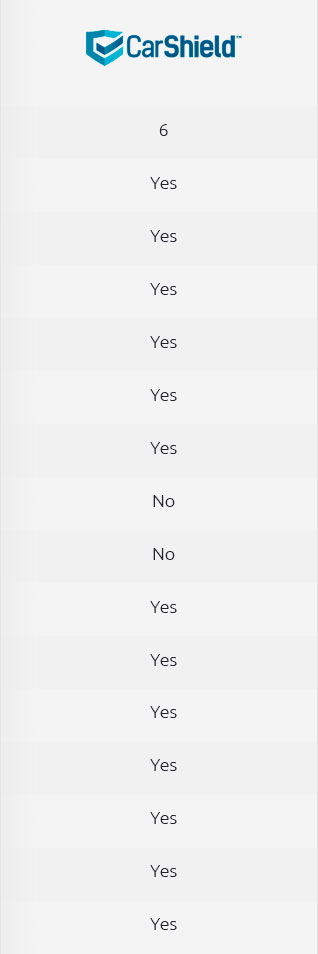 |
 |
 |
 |
 |
|||
 |
 |
|||
 |
 |
|||
 |
|||
 |
 |
 |
|
 |
|||
 |
|
 |
|
 |
|
 |
|
 |
|
 |
|
 |
|
 |
|
 |
 |
|||
 |
 |
|||

Understanding Car Warranty and Pre-existing ConditionsIn today's fast-paced world, purchasing a vehicle is not just a luxury but a necessity for many. With this significant investment comes the responsibility of maintenance and, inevitably, the concern of unforeseen repairs. This is where car warranties play a pivotal role, offering peace of mind and financial protection. However, the topic of pre-existing conditions often confounds consumers. So, how does this aspect of a car warranty actually work? Firstly, it's crucial to define what a pre-existing condition entails in the context of vehicle warranties. Generally, it refers to any defect or damage that existed before the warranty was purchased. Much like the concept in health insurance, these conditions can complicate claims and coverage, potentially leading to disputes between the car owner and the warranty provider. When you purchase a car, whether new or used, understanding the warranty options available is essential. Manufacturers typically offer warranties on new cars, covering a range of issues for a specified period or mileage. However, when buying a used vehicle, the waters become murkier. Many used cars are sold 'as-is,' meaning that the buyer assumes responsibility for any existing issues unless otherwise specified. This is where extended warranties or third-party warranties come into play. Extended warranties, often marketed as vehicle service contracts, provide coverage beyond the manufacturer's warranty. However, they frequently exclude pre-existing conditions. This exclusion is important to understand, as it can impact the coverage of repairs for any issues that were present before the warranty was enacted. This is why a thorough inspection before purchasing a warranty is invaluable. Consider hiring a trusted mechanic to evaluate the car, documenting its condition. This documentation can serve as evidence if disputes arise over what constitutes a pre-existing condition. It's also vital to meticulously read and comprehend the terms of any warranty agreement. Each warranty provider may have distinct definitions and stipulations regarding pre-existing conditions, which can affect what repairs are covered. Many consumers, unfortunately, overlook the fine print, which can lead to unwelcome surprises when filing a claim. So, what can you do as a savvy car owner? Start by researching different warranty providers, comparing their coverage options, exclusions, and customer reviews. Some companies are more lenient than others regarding pre-existing conditions, offering more comprehensive coverage. Additionally, consider the car's history and maintenance records, as these can be crucial in determining what is classified as pre-existing. It's also wise to engage with the warranty provider directly, asking pointed questions about how they handle pre-existing conditions. Transparency from the start can prevent future headaches.
In conclusion, navigating car warranties, especially regarding pre-existing conditions, requires diligence and a proactive approach. By taking the time to understand your warranty options and their implications, you can make informed decisions that protect your investment and ensure a smoother car ownership experience. Remember, knowledge is power, and in the realm of car warranties, it can be the difference between a covered repair and an unexpected expense. https://www.reddit.com/r/askcarsales/comments/10rlu6v/how_do_these_warranty_companies_check_for/
i talked to the claims department and they said they have to do a thorough inspection and rely on the car mechanic to report to them to ... https://www.endurancewarranty.com/learning-center/expert-auto-tips/pre-existing-condition-on-a-vehicle/
Pre-existing conditions are not covered under any Endurance vehicle protection plan or vehicle service contract. Finding extended warranty ... https://autopom.com/pre-existing-conditions/
Since pre-existing conditions are not covered under a vehicle protection plan, submitting claims with full knowledge that they exist is ...
|